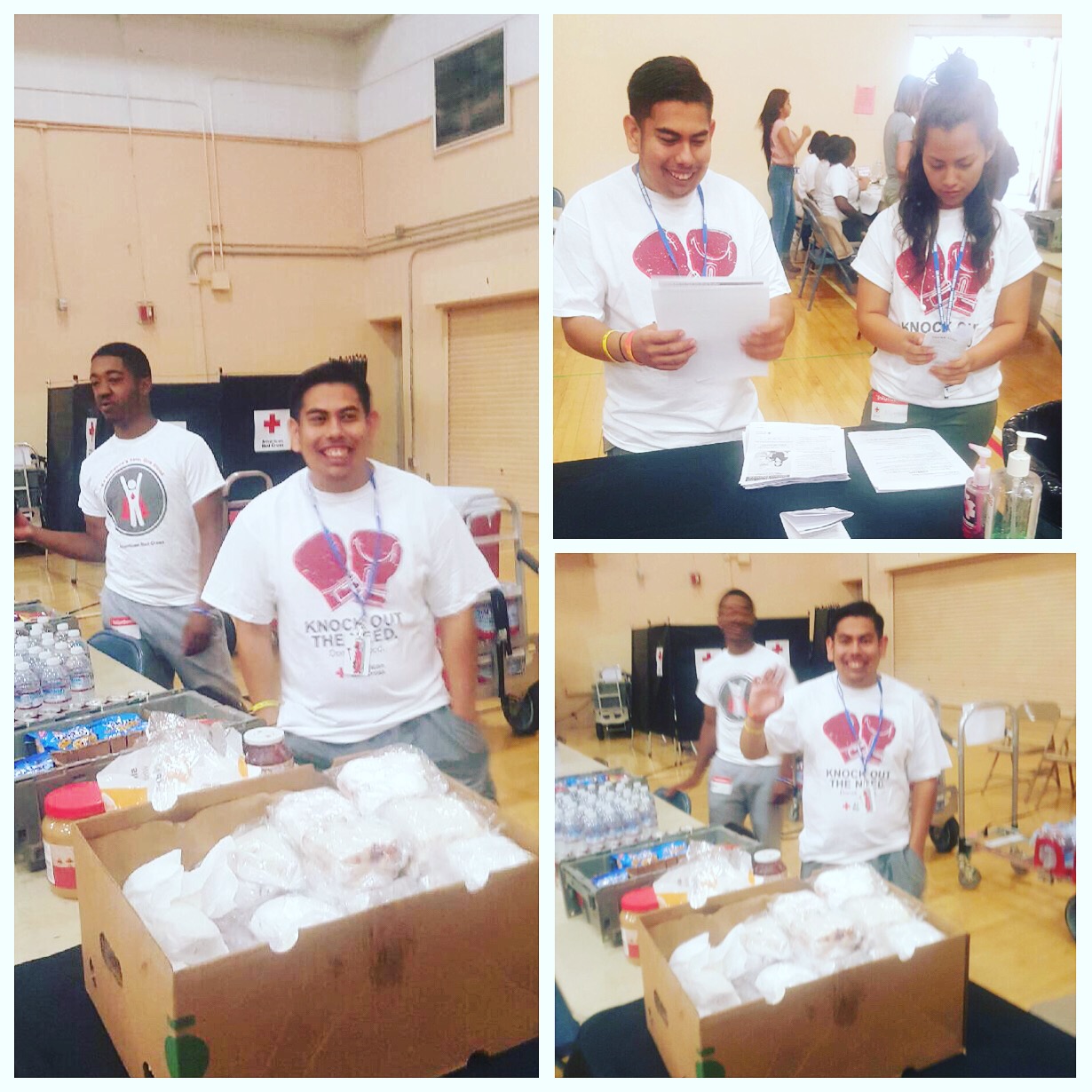Mattie's ReXcues Team!



PLEASE READ AND GET TO KNOW WHAT IT IS WE (MATTIE, NATALIA, AND I) LIVE WITH EVEN THOUGH MATTHIEU IS MORE AFFECTED NATALIA AND I ARE ALSO PREMUTATION CARRIERS...
SOME FRAGILE X FACTS...
- Approximately 1 million Americans carry the Fragile X mutation, including approximately 100,000 with Fragile X syndrome, and are at risk for developing one of the Fragile X conditions.
- All Fragile X conditions are genetic, passed through generations (often unknowingly). You cannot catch Fragile X by being friends with someone who has one of the conditions.
- Fragile X can be passed on by premutation carriers of the FMR1 gene mutation who have no apparent signs of FX. In some families a number of individuals may be affected, while in other families a diagnosed individual may be the only known family member to exhibit symptoms. Also, in some families, only premutation carriers are identified, with no other apparently affected family members.
- Females who are premutation carriers of the Fragile X gene mutation have a 50/50 chance of passing the gene mutation to each of their children (they will pass along one of their X chromosomes, either the one with the Fragile X gene mutation or the one without).
- Males who are premutation carriers of the Fragile X gene will pass the gene to all of their daughters (giving them his X chromosome) but none of his sons (they get his Y chromosome).
- The full mutation (over 200 CGG repeats) causes the FMR1 gene to “turn off” and not work properly, a process called methylation. When this happens the gene does not produce any or enough FMRP.
- Approximately 1 in 3,600 to 4,000 males and approximately 1 in 4,000 to 6,000 females have the full mutation of Fragile X.
- Fragile X syndrome is the leading known cause of inherited intellectual disability. Fragile X syndrome occurs in both males and females. Females generally have milder symptoms.
- Fragile X syndrome is the leading known genetic cause of autism. Approximately 2-6 percent of children with autism are diagnosed with Fragile X syndrome. It is recommended that all children with autism, both male and female, be referred for genetic evaluation and testing for FXS and any other genetic cause of autism.
- Children and adults with Fragile X syndrome (FXS) can have a variety of behaviors. Some behaviors you may see:
- Hand flapping or biting
- Hyperactivity/short attention span
- Easily distracted
- Difficulty making eye contact
- Shyness/anxiety
- Impulsive/challenging behaviors
- Sensory processing issues
- People with FXS also have many strengths when it comes to behaviors. They:
- Have excellent imitation skills
- Have strong visual memories
- Like to help others
- May be social and friendly
- Want to please others
- Have a wonderful sense of humor
- People with Fragile X syndrome may also have developmental and speech/language delays, including rapid and repetitive speech, some have a tendency for ear infections, and some may have seizures.
- Physical features of Fragile X syndrome can include large ears, long and narrow face, high palate (roof of mouth), flat feet, crossed/lazy eyes, hyperflexible joints, and large testicles (in puberty).
- Females with Fragile X syndrome can have a range of symptoms, from minimal to significant developmental delays and intellectual deficits. They tend to have difficulty with math, reading maps and graphs, picking up on “social cues,” social anxiety, and depression.
- While there is currently no cure for Fragile X syndrome (FXS), there are many areas of treatment and intervention that can improve the lives of affected individuals and their families. Given the proper education, therapy, and support, all persons with FXS can make progress.
- As many as 1 in every 151 women and 1 in every 468 men are premutation carriers of the Fragile X gene.
- FXPOI (Fragile X-associated primary ovarian insufficiency) occurs in approximately 22 percent of females who are premutation carriers, and is a cause of infertility, early menopause and other ovarian problems.
- Fragile X-associated tremor/ataxia syndrome (FXTAS) is an adult onset (over the age of 50) condition that can cause neurological and psychiatric symptoms in both male and female premutation carriers (though it is more common in males).
- FXTAS is often initially misdiagnosed as Parkinson’s disease, Alzheimer’s or a stroke. Features may include balance problems (ataxia), intention tremors (when reaching for something), memory loss, mood instability or irritability, neuropathy (numbness of extremities), and cognitive decline.
- Premutation carriers may experience several medical problems more commonly than the general population. Although FXPOI and FXTAS are the best known problems that a subgroup of premutation carriers may experience in mid-life and in aging, respectively, there are other problems that can cause long-term side effects that can affect the brain with aging. These problems include:
- High blood pressure
- Depression
- Anxiety
- Hypothyroidism
- Chronic pain especially related to neuropathy or fibromyalgia
- Sleep apnea
https://fragilex.org/community/fragile-x-awareness-month/31-shareable-fragile-x-facts/